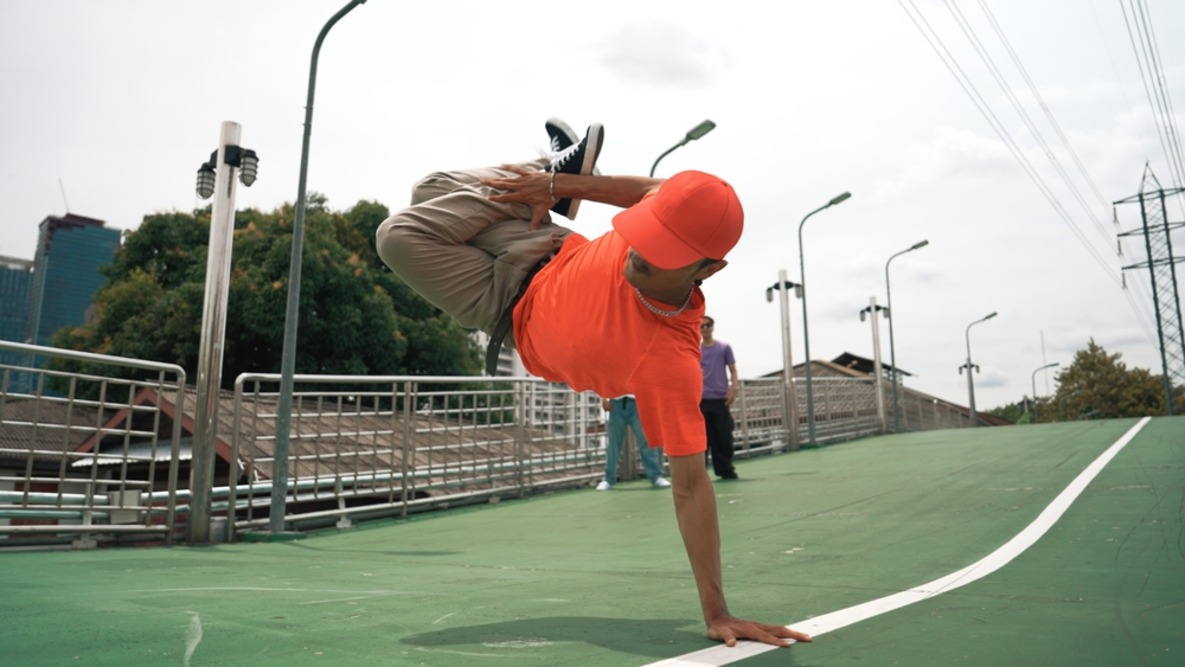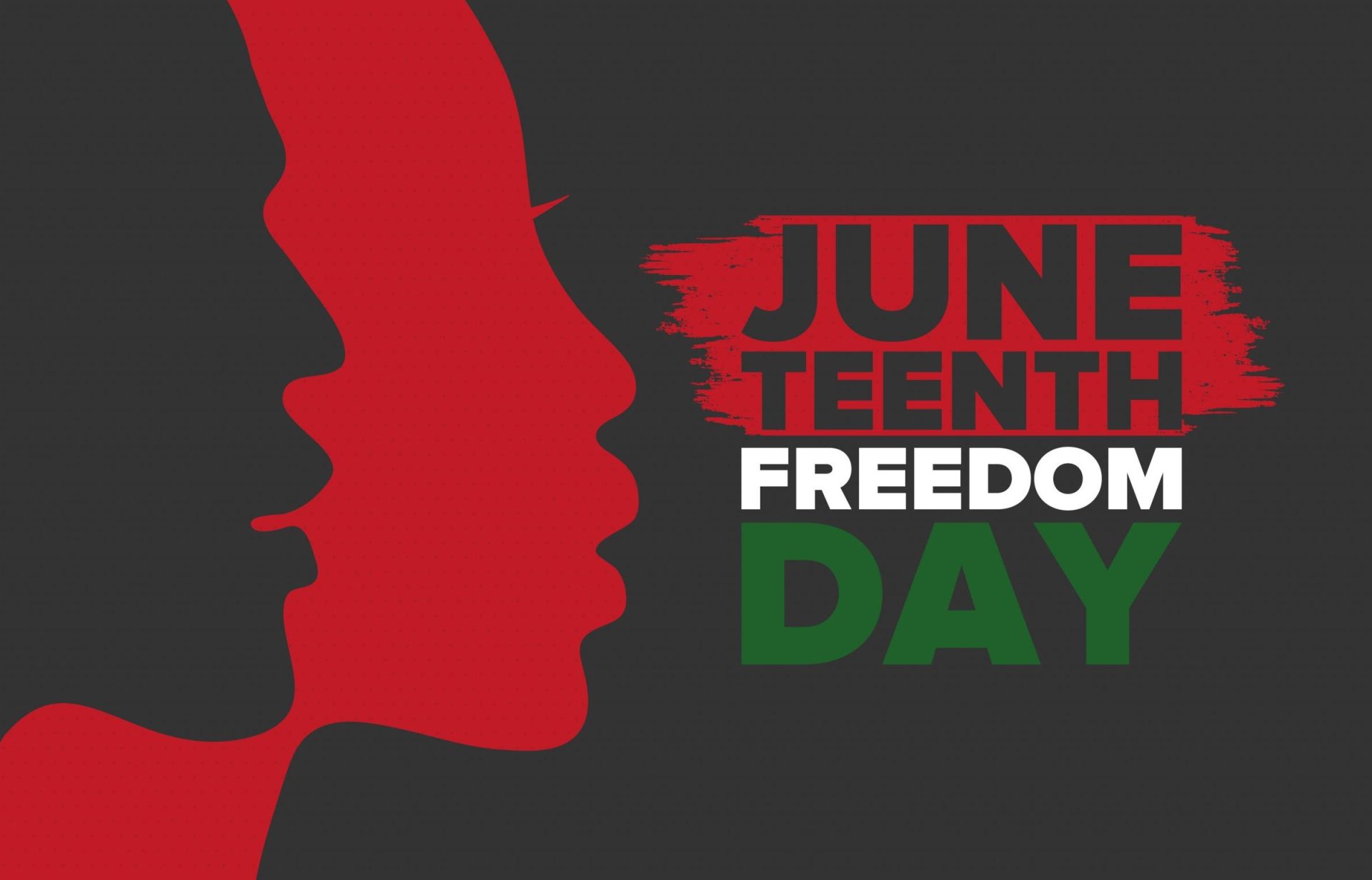Breaking, often referred to as breakdancing, has evolved into a worldwide sensation, captivating audiences and dancers alike. Unlike traditional dance forms such as ballet or salsa, breaking is characterized by its improvisational nature, allowing performers to express their creativity through complex and dynamic moves.
Origins of breaking
The roots of breaking trace back to the 1970s in New York City, where DJs began to notice that dancers would hit the floor during the breaks of songs — sections dominated by drum beats without vocals. DJ Kool Herc, a pivotal figure in hip-hop history, is credited with creating breaking. He would loop these percussion breaks during parties, encouraging B-boys to showcase their skills and energize the crowd.
The birth of B-boy crews
As breaking gained traction, dancers formed crews to develop unique routines and engage in competitive battles. Notable pioneering crews included: New York City Breakers, Zulu Kings, Dynamic Rockers and Rock Steady Crew.
Legendary breakdancers like Ken Swift, Crazy Legs and Frosty Freeze played crucial roles in popularizing the culture, showcasing the art form’s potential and creativity.
Breaking today
Today, breaking is not just a local phenomenon; it has become a global spectacle with numerous competitions held annually. Events like the Red Bull BC One bring together the top 16 dancers from around the world to compete for the title of the best. Other major competitions include the Battle of the Year (BOTY), held annually in Germany, and R16 Korea, a prestigious event in South Korea.
These competitions showcase a new generation of B-boys and B-girls pushing the boundaries of what was thought possible in the dance form. Dancers from diverse countries, including the Netherlands, South Korea, Russia, France and Japan, are making their mark on the global stage.
The future of breaking
As breaking continues to evolve, it remains intertwined with hip-hop culture, adapting to contemporary music trends. The days of solely dancing to breaks are long gone; today, dancers perform to some of the most popular songs worldwide, showcasing their skills in innovative ways.
With the rise of talented B-girls alongside B-boys, the future of breaking looks bright. This dynamic dance form is set to continue captivating audiences and inspiring dancers for generations to come.
















